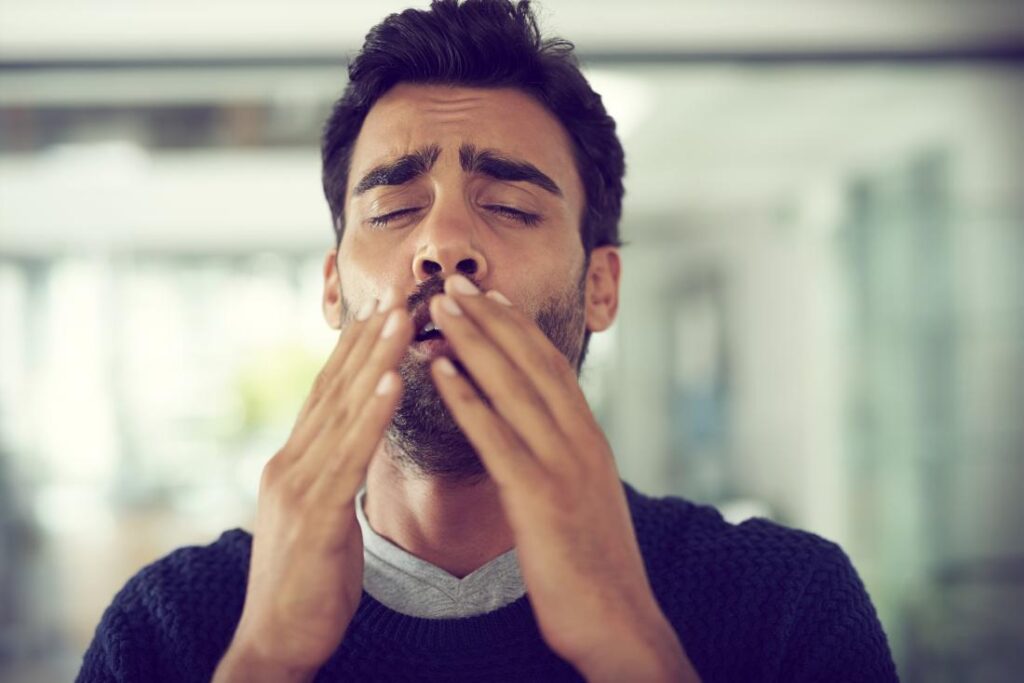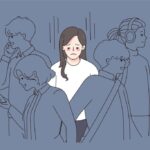Sneezing is a sudden, forceful expulsion of air through the nose and mouth, typically triggered by irritation in the nasal mucosa. Though often considered a minor nuisance, frequent or persistent sneezing can be indicative of underlying health issues ranging from allergies to infections. This article provides a comprehensive overview of the sneeze reflex, its common triggers, associated conditions, and effective strategies for prevention and relief.

The Physiology of Sneezing: How the Sneeze Reflex Works
Sneezing, or sternutation, is a complex neuromuscular response designed to clear irritants from the nasal cavity. The process is controlled by the brainstem, particularly the sneeze center in the medulla oblongata.
Sneezing Reflex Mechanism
The sneeze reflex is a defense mechanism, ensuring that dust, pathogens, and allergens are expelled before entering the respiratory tract.
Common Causes of Sneezing
1. Allergic Rhinitis
Allergic rhinitis, triggered by allergens such as pollen, pet dander, or dust mites, is one of the most common causes of sneezing.
- Seasonal allergic rhinitis (hay fever) is linked to airborne pollen during spring and fall.
- Perennial allergic rhinitis occurs year-round, often due to indoor allergens.
Symptoms include runny nose, nasal congestion, watery eyes, and itching.
2. Viral Infections
Upper respiratory infections like the common cold and influenza can cause nasal inflammation and sneezing. These are usually accompanied by:
- Sore throat
- Fatigue
- Low-grade fever
- Head congestion
Sneezing in this context helps eliminate viral particles from the nasal passages.
3. Environmental Irritants
Non-allergic triggers such as:
- Smoke
- Perfumes
- Pollution
- Cleaning chemicals
- Temperature changes
can stimulate sneezing in sensitive individuals, even in the absence of an immune response.
4. Photic Sneeze Reflex
Known as ACHOO Syndrome (Autosomal Dominant Compelling Helio-Ophthalmic Outburst), this condition causes sneezing in response to sudden bright light exposure, affecting up to 35% of people.
5. Nasal Polyps and Deviated Septum
Structural issues within the nasal cavity can chronically irritate mucosal linings, resulting in persistent sneezing and congestion.
When Sneezing Becomes Excessive: Medical Considerations
Frequent, unprovoked sneezing may warrant medical evaluation. Conditions associated with abnormal sneezing include:
- Nonallergic rhinitis with eosinophilia syndrome (NARES)
- Chronic sinusitis
- Nasal tumors or foreign bodies
- Central nervous system stimulation or irritation
Neurological disorders or trauma affecting the trigeminal nerve can also rarely induce involuntary sneezing.
Sneezing in Infants and Children
Sneezing in newborns is often reflexive and not a sign of illness. However, in children, excessive sneezing may indicate:
- Exposure to pet allergens or mold
- Viral upper respiratory infections
- Undiagnosed food allergies
Proper indoor air quality and allergen management are key in pediatric environments.
Effective Remedies and Treatments for Sneezing
Antihistamines
Used to treat allergic rhinitis, antihistamines reduce histamine activity, thereby relieving sneezing and other allergic symptoms. Options include:
- Loratadine
- Cetirizine
- Fexofenadine
Intranasal Corticosteroids
These reduce inflammation in nasal passages and are ideal for chronic allergic or nonallergic rhinitis.
- Fluticasone
- Budesonide
- Mometasone
Saline Nasal Irrigation
Rinsing nasal passages with saline can remove irritants and thin mucus, helping to prevent or reduce sneezing episodes.
Allergen Avoidance
Identify and minimize exposure to known triggers:
- Use HEPA filters in air conditioning
- Wash bedding regularly in hot water
- Keep windows closed during high pollen days
Immunotherapy
For persistent allergic rhinitis, allergy shots or sublingual tablets can desensitize the immune system over time, significantly reducing symptoms.
Prevention Strategies for Chronic Sneezing
- Keep indoor air clean and humidified to prevent mucosal dryness
- Avoid tobacco smoke and strong odors
- Maintain good hand hygiene to prevent viral transmission
- Schedule regular checkups for allergy testing and nasal examination if symptoms persist
Myths and Facts About Sneezing
| Myth | Fact |
|---|---|
| Holding in a sneeze is harmless | It can cause ear damage or rupture nasal vessels |
| You sneeze with your eyes closed because they might pop out | It’s an involuntary reflex, but eyes won’t pop out |
| Sneezing stops your heart | Heart rhythm may briefly change, but it does not stop beating |
| One sneeze means you’re sick | Many sneezes are from harmless irritants or allergies |
Frequently Asked Questions:
Why do we sneeze multiple times in a row?
Sequential sneezes occur when irritants persist or the initial reflex does not clear the nasal passage. It’s common and usually harmless.
Can sneezing spread infections?
Yes. A sneeze can expel up to 40,000 droplets, potentially transmitting viruses like cold or flu, especially in crowded areas.
Is sneezing always related to allergies?
No. Sneezing can result from nonallergic rhinitis, infections, irritants, or neurological stimuli.
How do I stop a sneeze?
Applying pressure under the nose or pinching the bridge can sometimes suppress a sneeze. Antihistamines are useful for allergy-induced sneezing.
Is sneezing during COVID-19 a symptom?
Sneezing is less common in COVID-19 than in flu or cold but may occur, especially with newer variants or in vaccinated individuals.
Sneezing is a powerful and essential reflex that protects the respiratory system. While often benign, frequent sneezing may indicate underlying conditions such as allergies, infections, or structural nasal problems. Understanding the root causes and employing targeted treatments—from medication to lifestyle adjustments—can effectively manage and reduce unwanted sneezing. Accurate diagnosis and preventive care are critical to long-term relief and improved quality of life.

